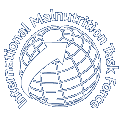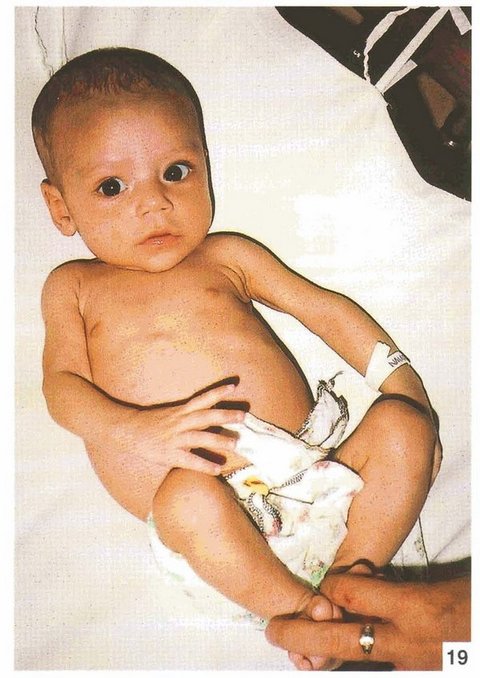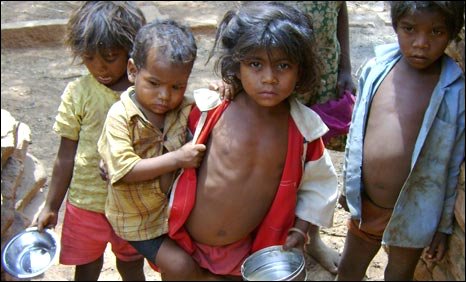Welcome to the New Malnutrition eLearning Course

Malnutrition eLearning is an interactive, contextualised and media-rich course. Since its launch in 2011 to spring 2018, the malnutrition eLearning had been used by over 17,000 health professionals and students from more than 120 countries. The course had to be reimplemented in 2018 since the technologies used in developing it were becoming obsolete. The revised […]





